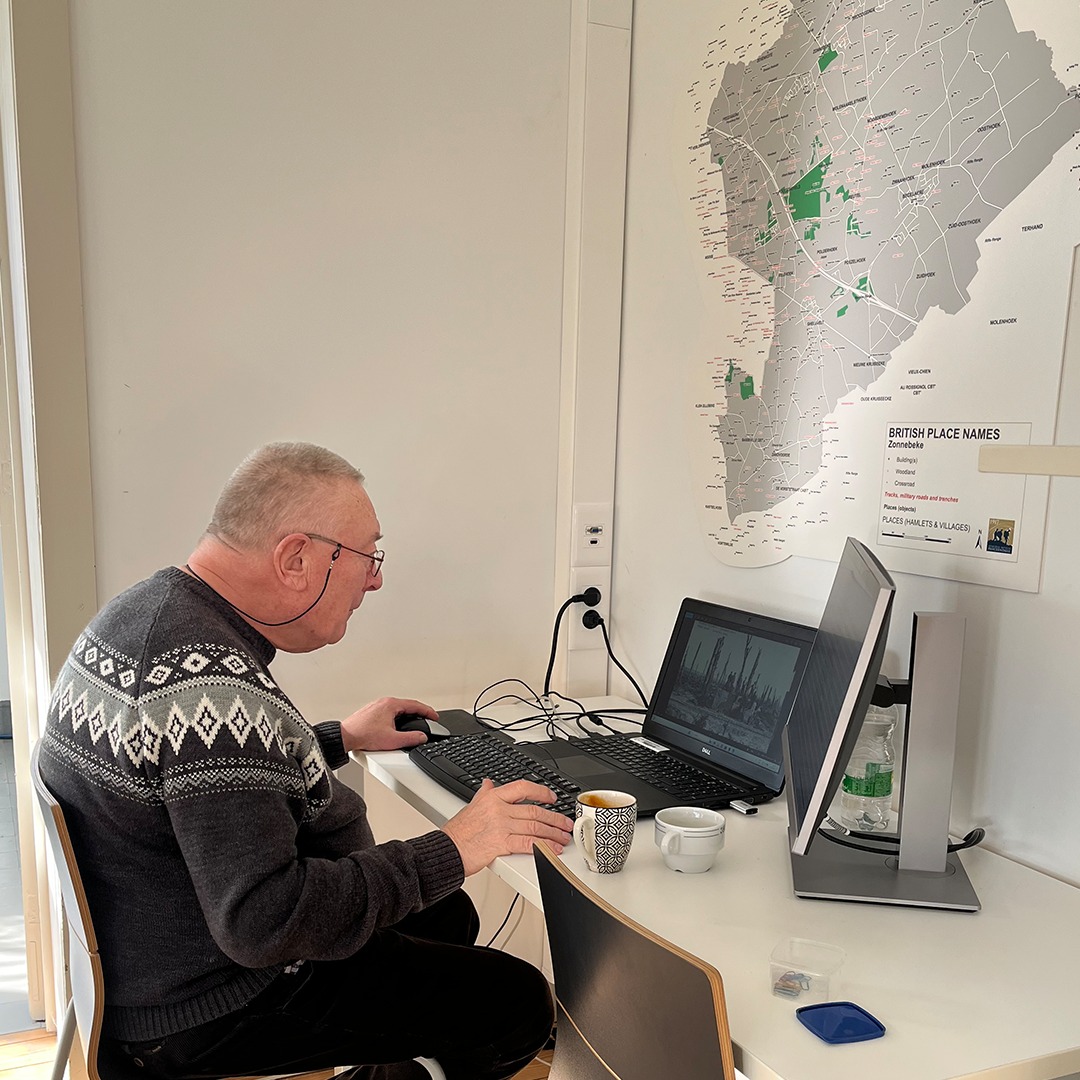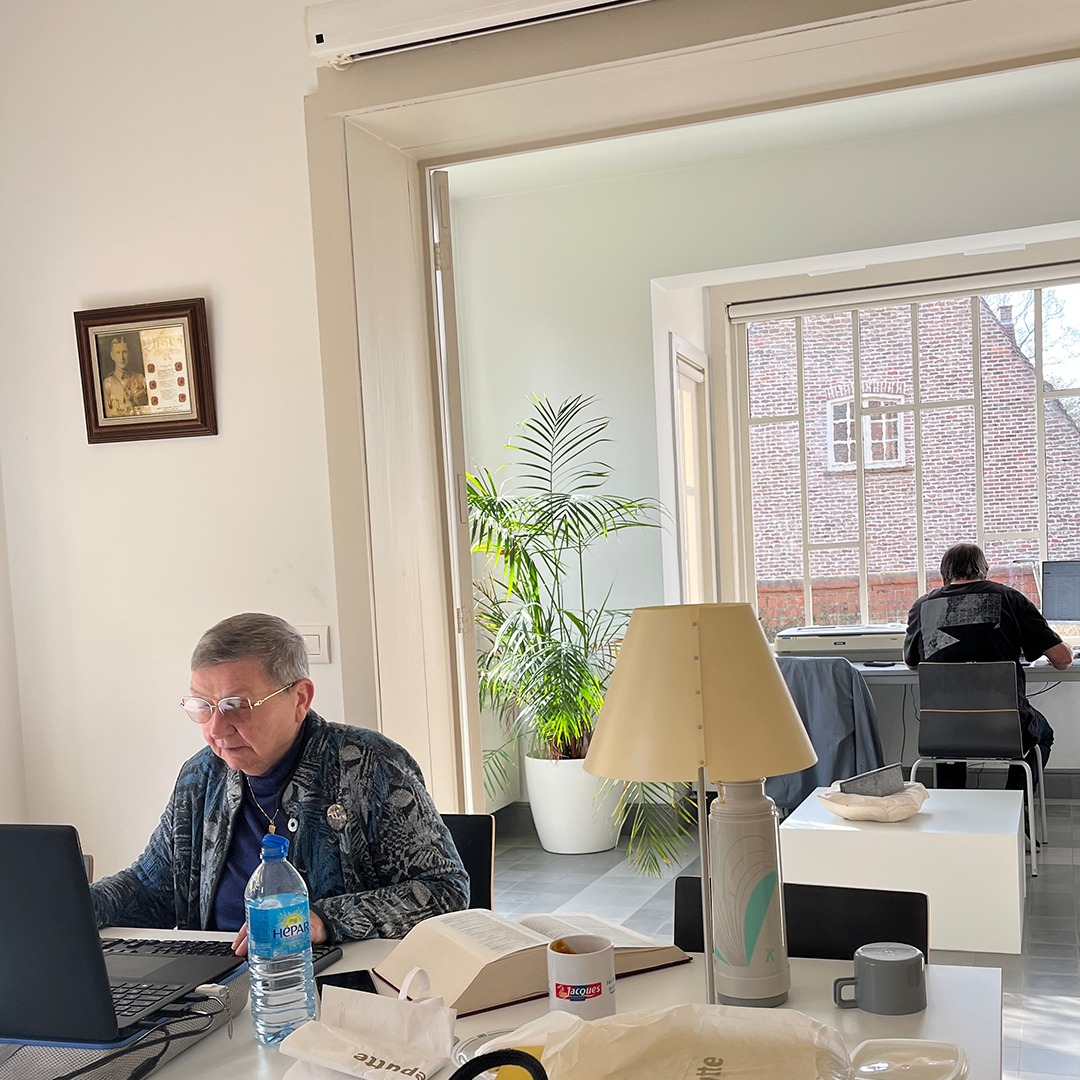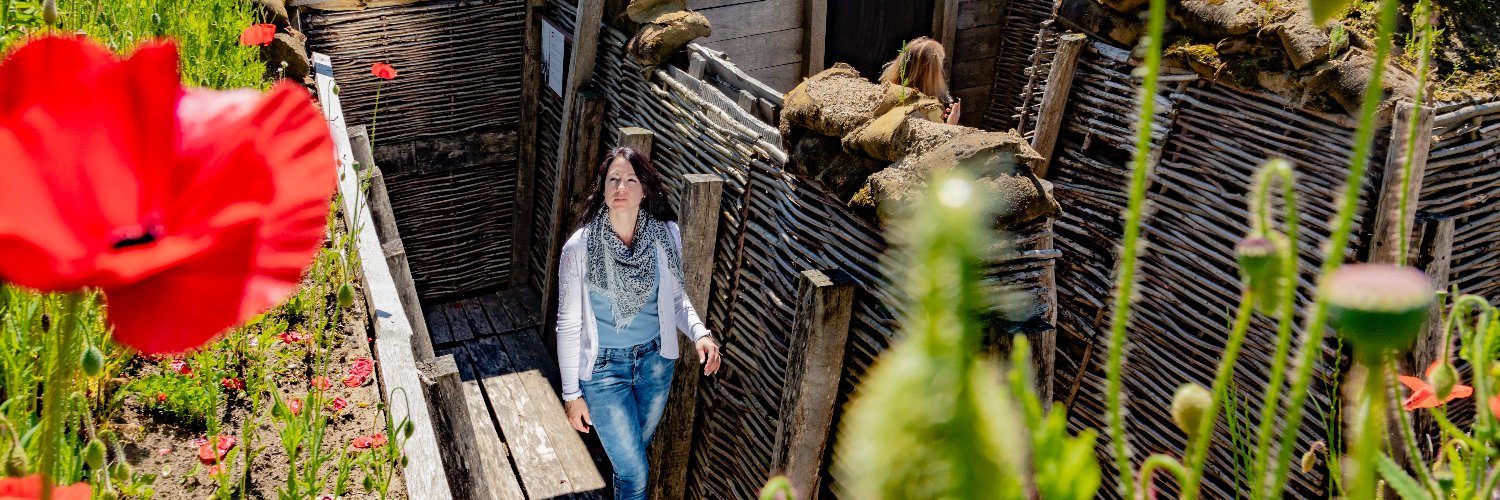
Passchendaele Museum
@MMP1917
Museum | WW I | Slag bij Passendale / Battle of Passchendaele | dugout | loopgraven / trenches | familievriendelijk | family-friendly
This eau-forte etching comes from Emile Comyn, sergeant with the 23rd Line Regiment (1893–1987, Zonnebeke). He donated land for the Monument Français 1914-15, erected in 1977 by the National Combatants Union at Broodseinde. Signed by Alex Deseyne, former Streekmuseum curator.
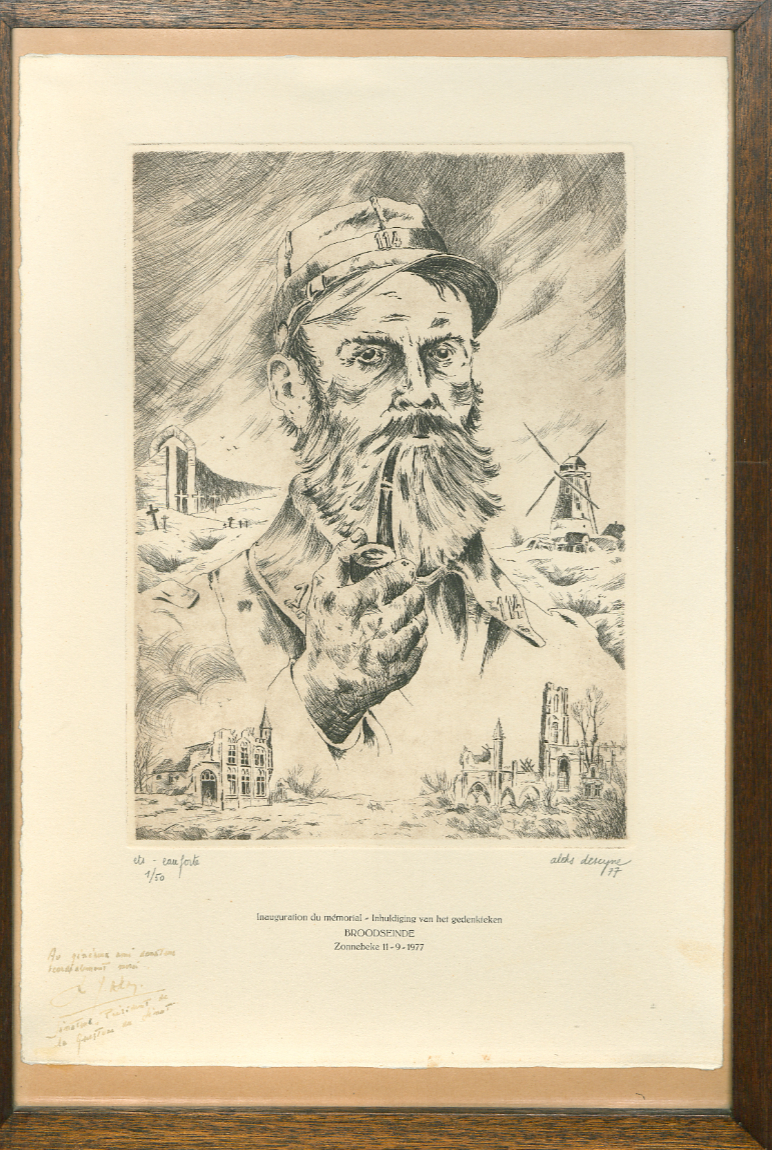
What did soldiers eat and drink during WWI? In this display: corned beef, mess tins, a Primus stove, and bottles of Schweppes, Perrier, Gordon’s gin – all found on site. British rum came in SRD jars: Supply Reserve Depot.
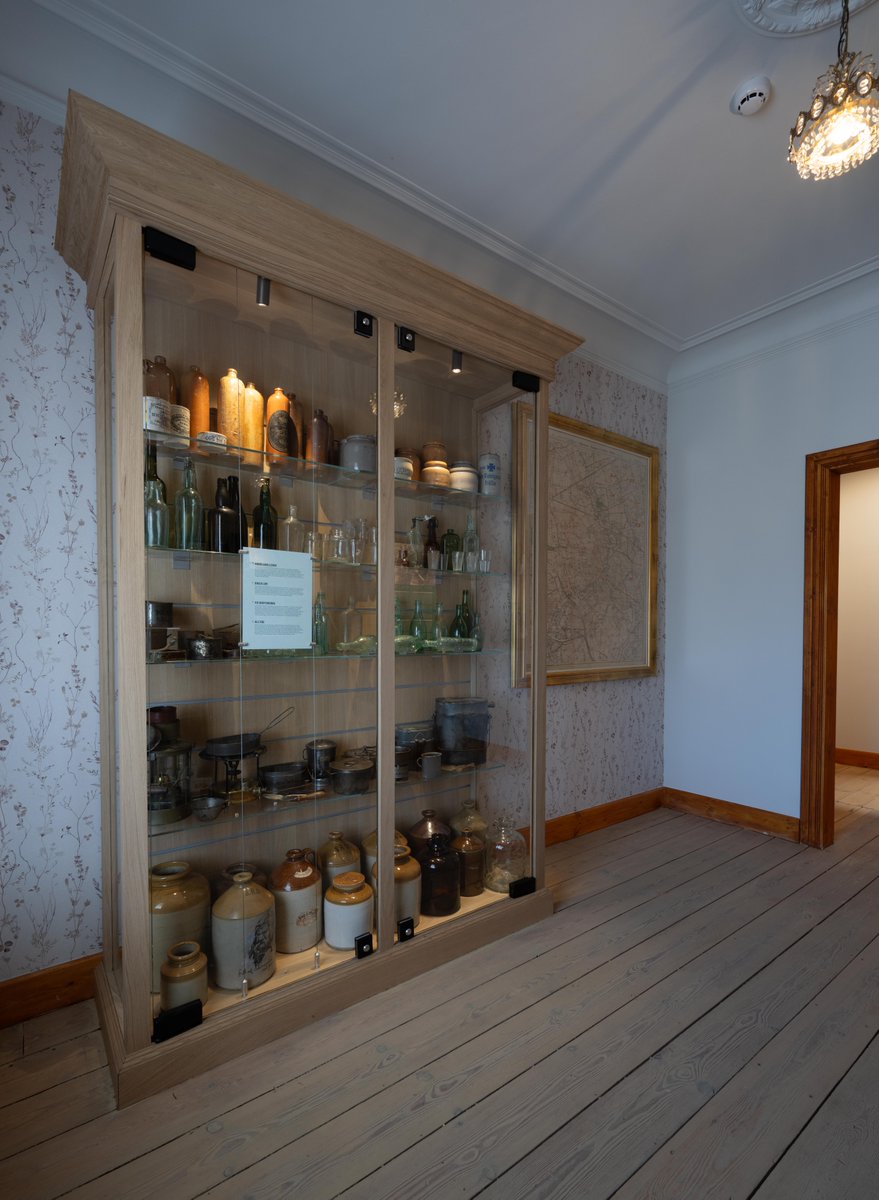
This unusual monument next to the museum depicts the iconic Major Oak from the legendary Sherwood Forest. It's surrounded by objects referring to WWI and there's the insignia of the Sherwood Foresters. It's the 'sister monument' to a larger memorial at Tyne Cot Cemetery.
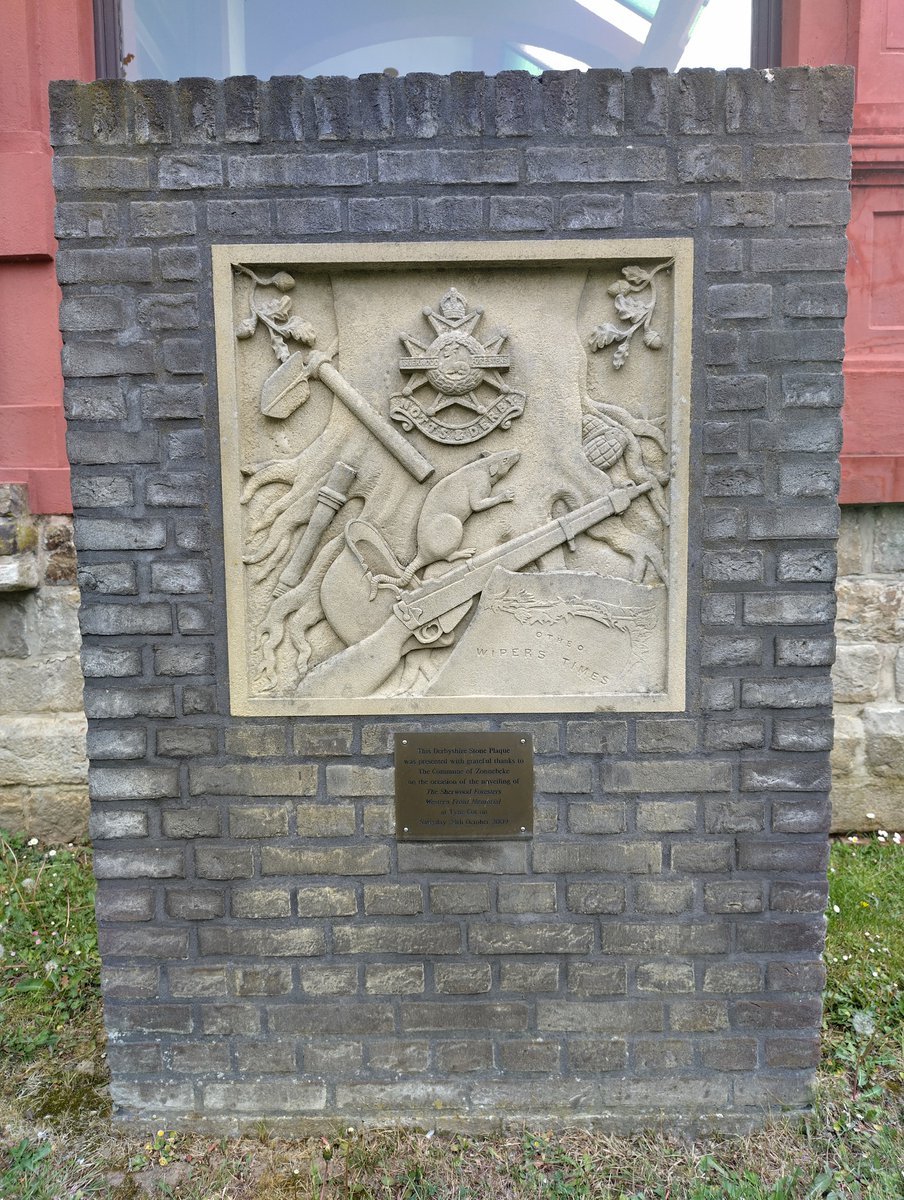
The shrapnel-damaged equipment belonging to Second Lieutenant William Cousins on display at @MMP1917. William was severely wounded on 15th July 1917 at Zonnebeke and, by the look of his kit, was lucky to survive. 📍Memorial Museum Passchendaele 1917 🇧🇪
Give a face to the names at #TyneCotCemetery 📣 Do you have a photo or story of a relative who died in 1917 and is buried at Tyne Cot Cemetery or commemorated on the Tyne Cot Memorial? Please get in touch with our research centre. passchendaele.be/en/research-ce…
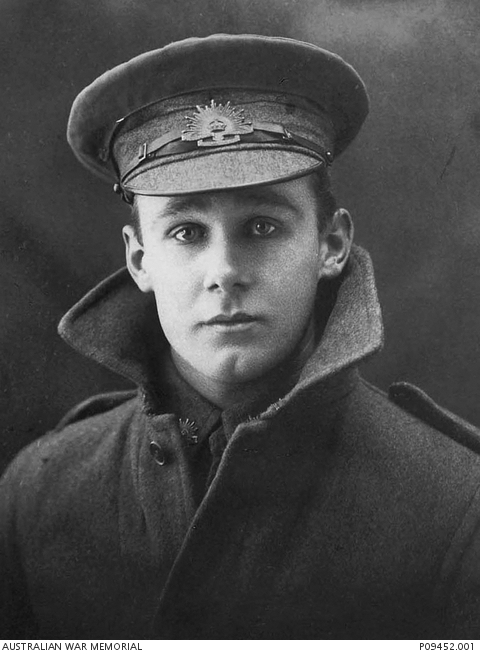
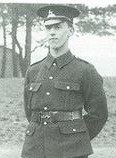
During WWI, cap badges showed to which regiment or army unit a soldier belonged. These cap badges belonged to men of the New Zealand Maori (Pioneer) Battalion. They built roads and narrow-gauge railways or dug and repaired trenches.
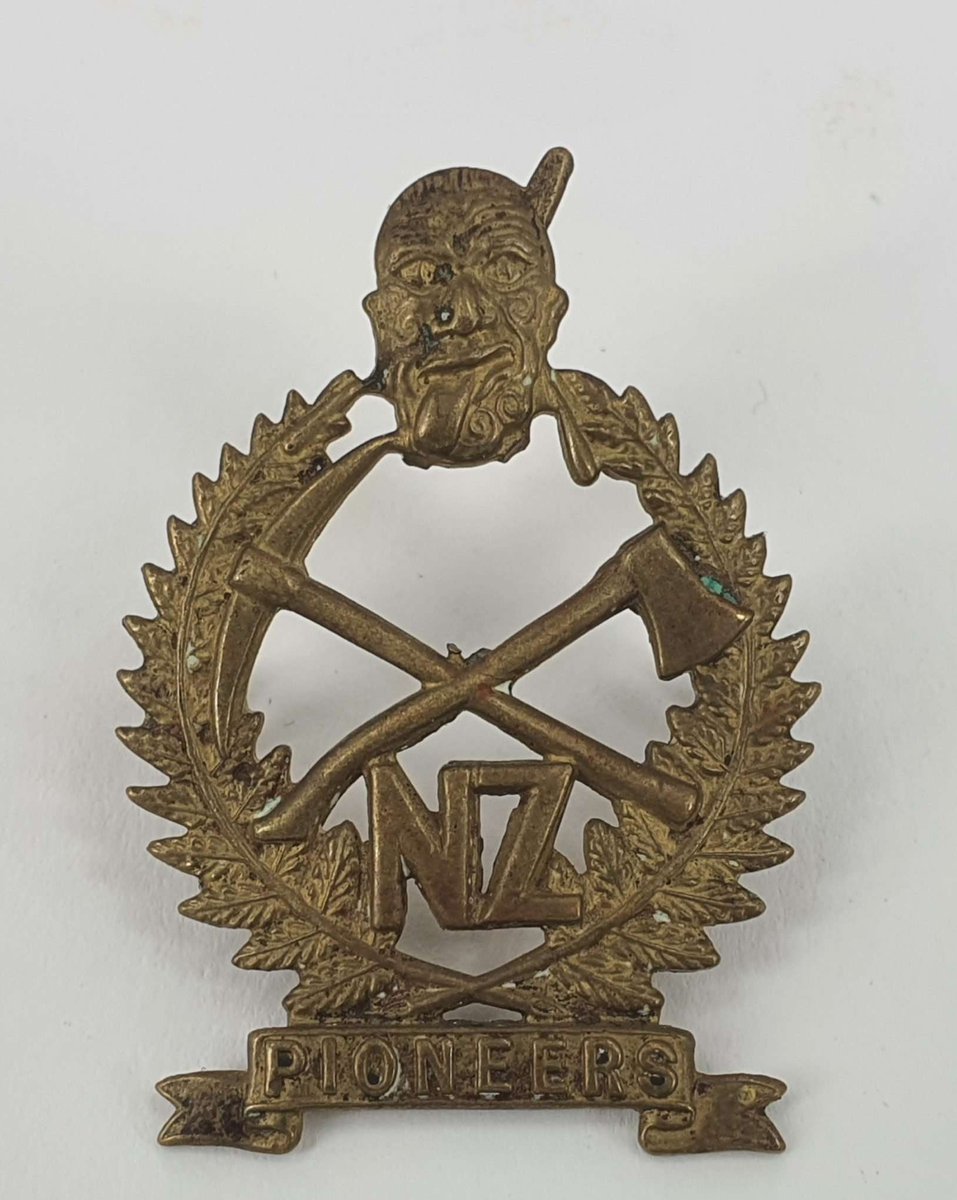
On Tuesday 29 July at 2 p.m., The Band of the Honourable Artillery Company will give a free open-air performance in the castle grounds of Zonnebeke. A unique opportunity to hear their impressive sound live — right here in Zonnebeke. ℹ️ passchendaele.be/en/events/conc…
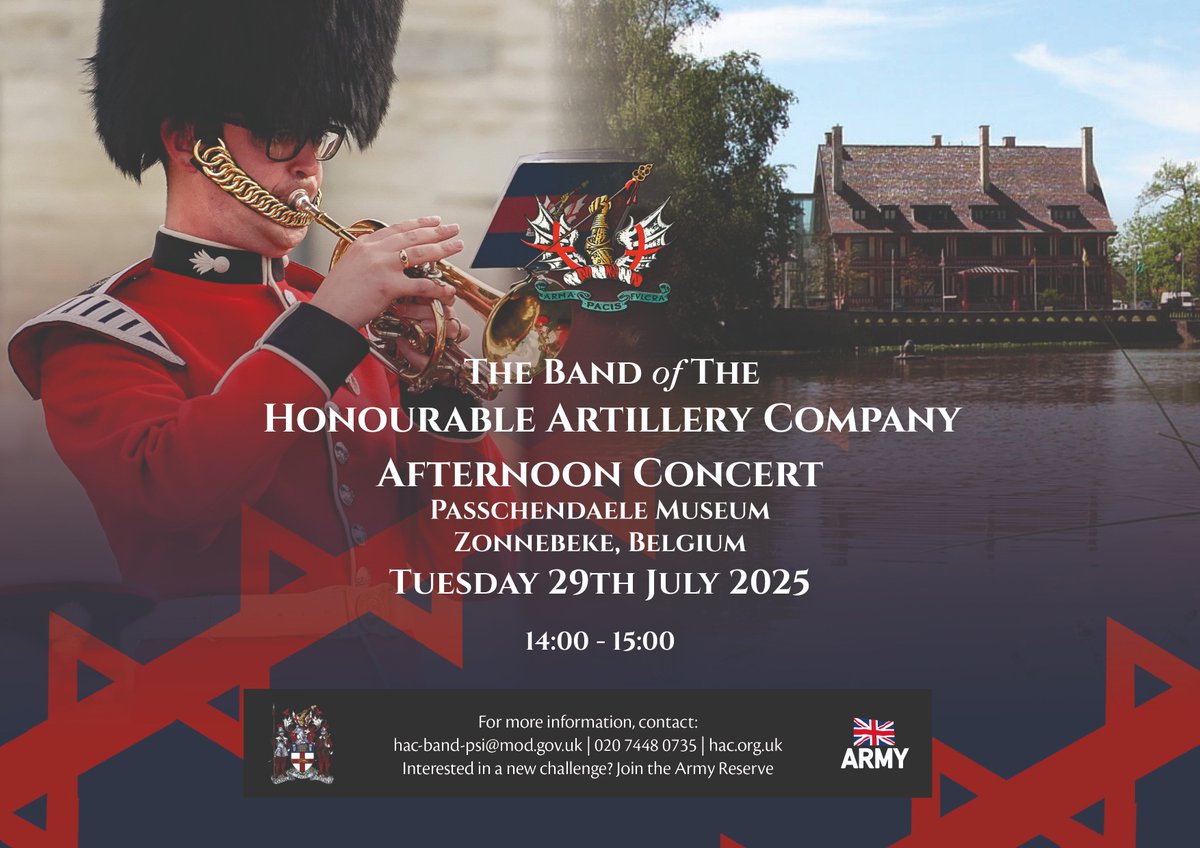
On 10 July 1917, the Germand 3rd Naval Division launched Unternehmen Strandfest (Operation Beach Party) and captured the British bridgehead on the eastern bank of the Yser estuary near Lombartzijde. Strandfest severely disrupted British plans in Flanders.
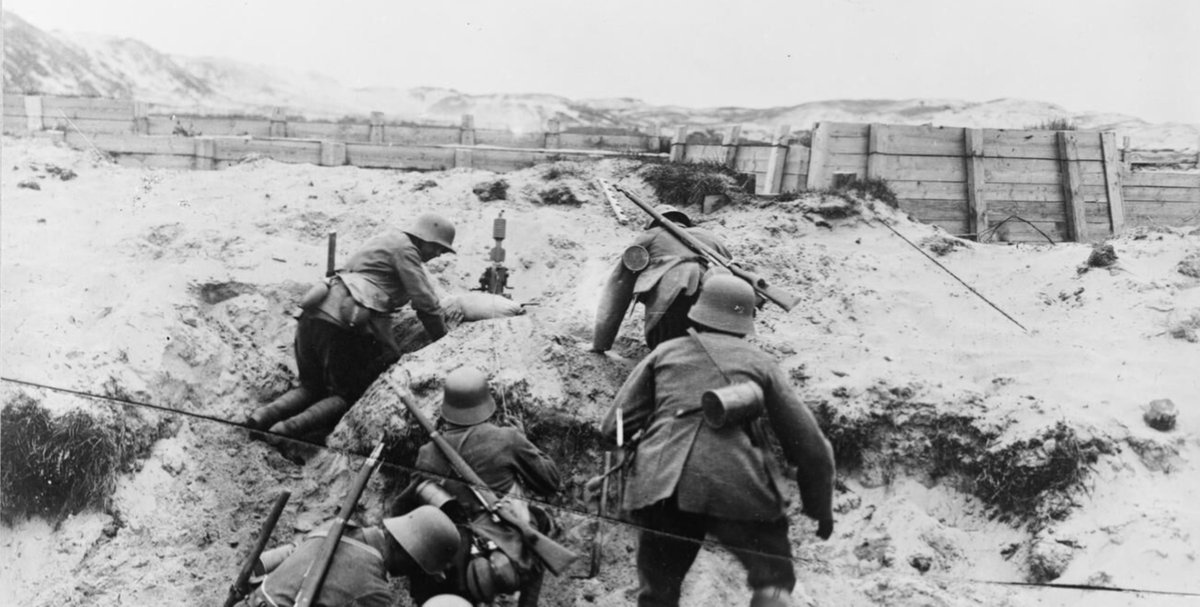
This interactive screen in the room 'Echoes of War' shows 3 layers of war memories: contemporary cemeteries and monuments, relics in the landscape and victims of WWI. Explore it at home via archives.passchendaele.be/en/geo/6.
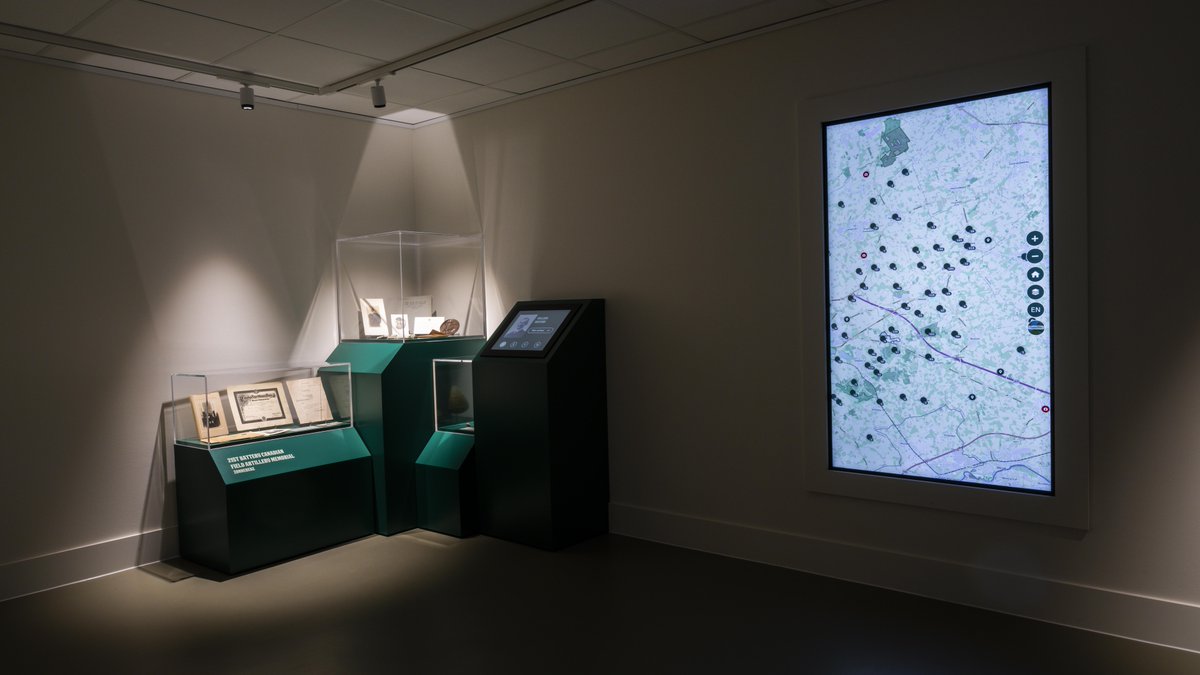
Visited the @MMP1917 for the first time since its refurbishment. I love it. Much brighter & airy, the feeling of claustrophobia from the past has gone and the displays are excellent.
Do you recognize this location in Zonnebeke? In this remarkable photo, taken on June 14, 1915, you can see trenches and foxholes at the edge of Polygon Wood. The photo was presumably taken from the southern edge, looking southwest.
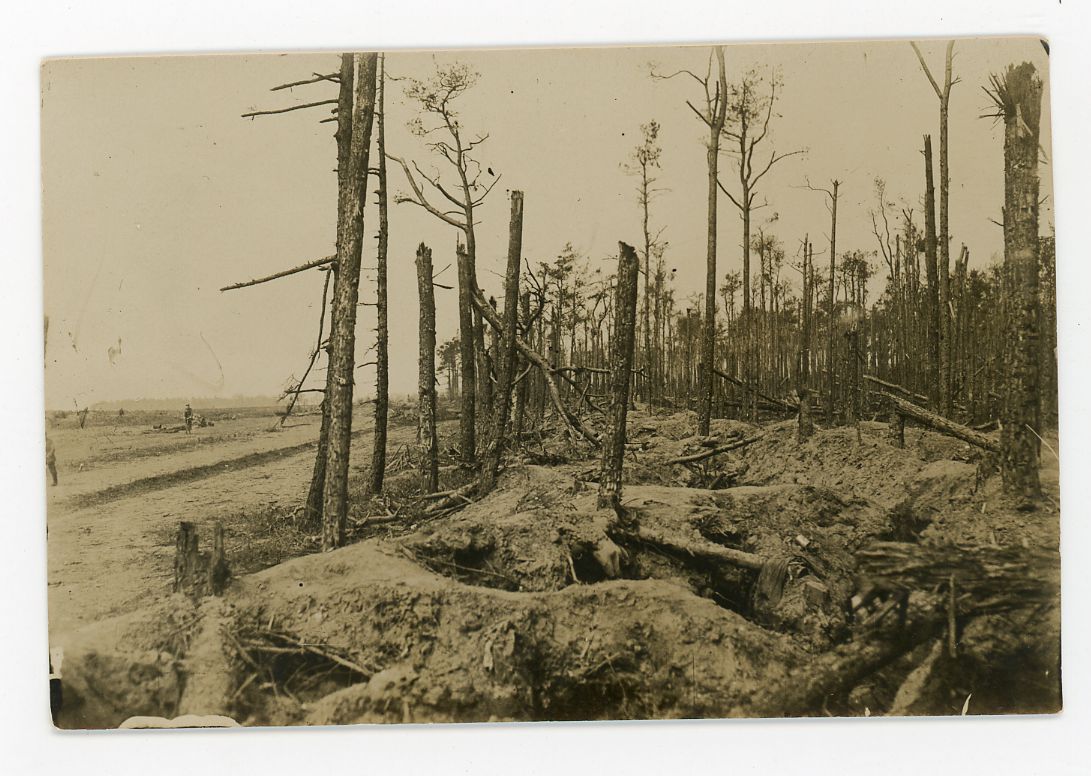
About 750 m NW of the German cemetery in Langemark, a nearly forgotten memorial marks where, during the Third Battle of Ypres, Allies crossed the Broenbeek in October 1917. Brigadier Girault and Adjutant Malliavin of the French 2nd Regiment Chasseurs d'Afrique were killed here.
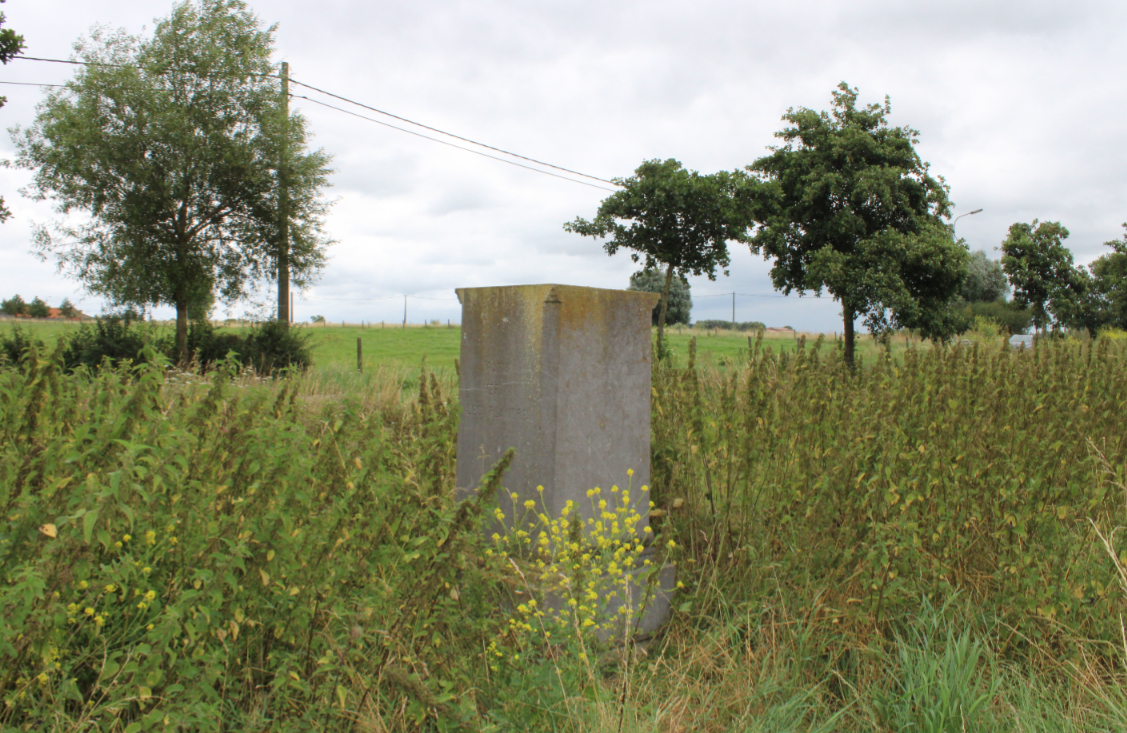
👀 At the top of the stairs, visitors are met by Werner — a striking stallion once trained by the Belgian Gendarmerie. After years of wandering, he now stands proudly in our museum, named after WWI pilot Werner Voss. Come meet him!
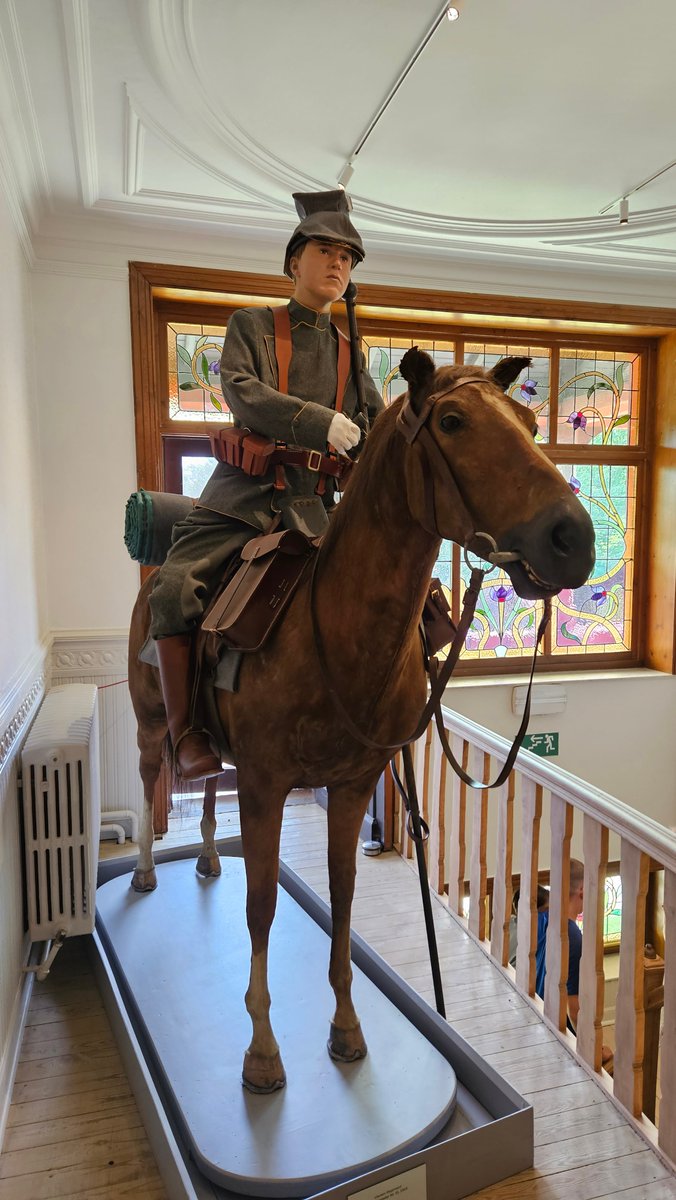
In the new 'Photography room' you can gain an insight into the daily lives of soldiers at and behind the front line. You'll see mainly German photographs. On the German side the rules regarding taking pictures were relatively flexible.
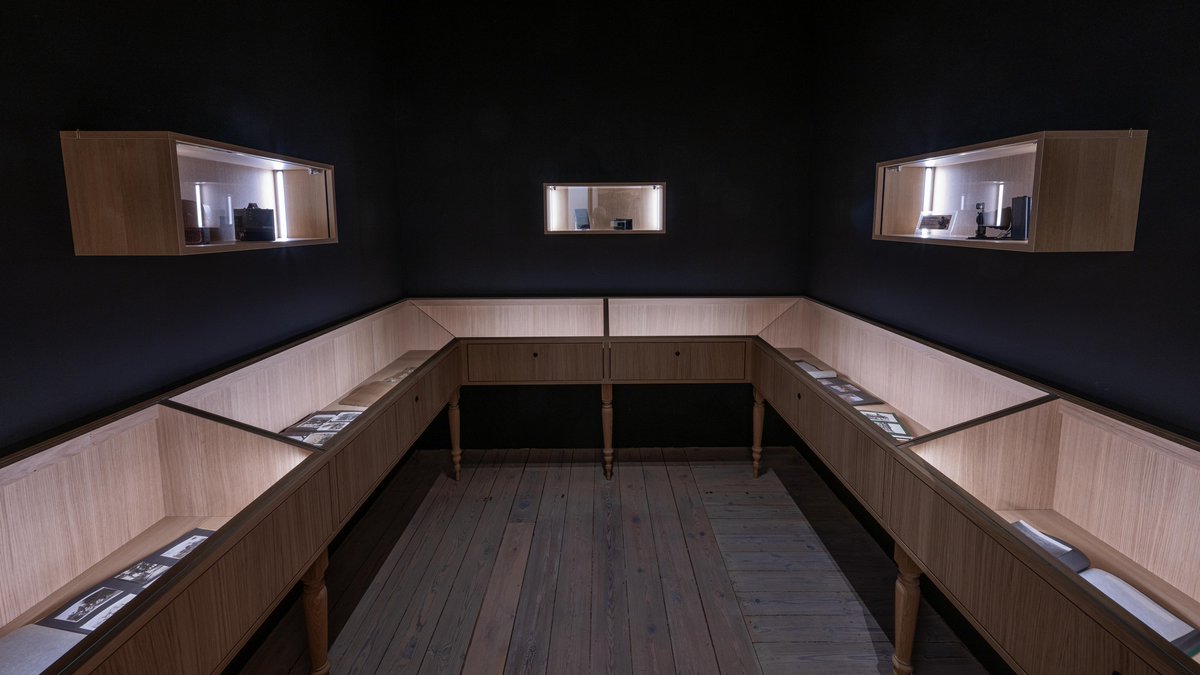
On 21 June 1917 Haig received final approval to launch an offensive in Flanders. An advance to the Flemish coast would eliminate German submarine bases. 📸 Haig's ambitious plan for the Flanders offensive. Note that straightening the southern Ypres Salient was already a done deal
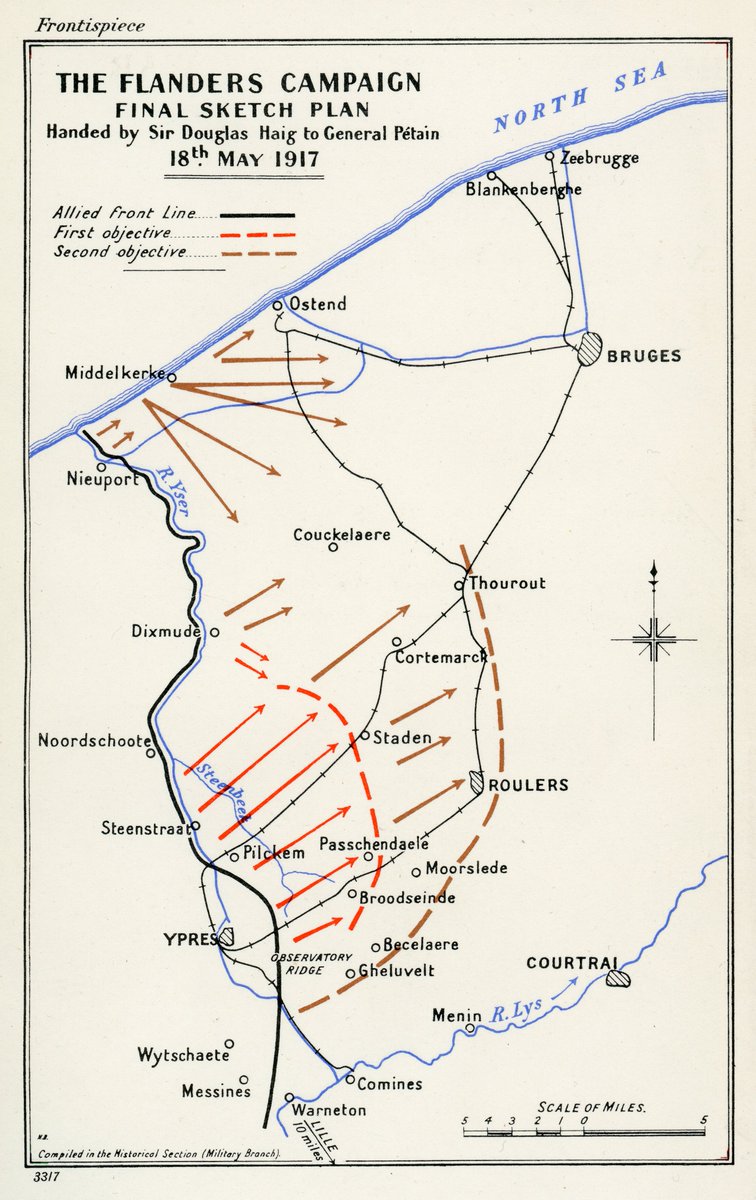
Jules Vandenbulcke and his wife Flavie Dochy ran a bakery in the village. Their book of accounts shows that he kept his shop open until the last possible moment. On 20 October 1914, shortly before the order to evacuate came, he sold 7.5 kilograms of flour. #WorldRefugeeDay
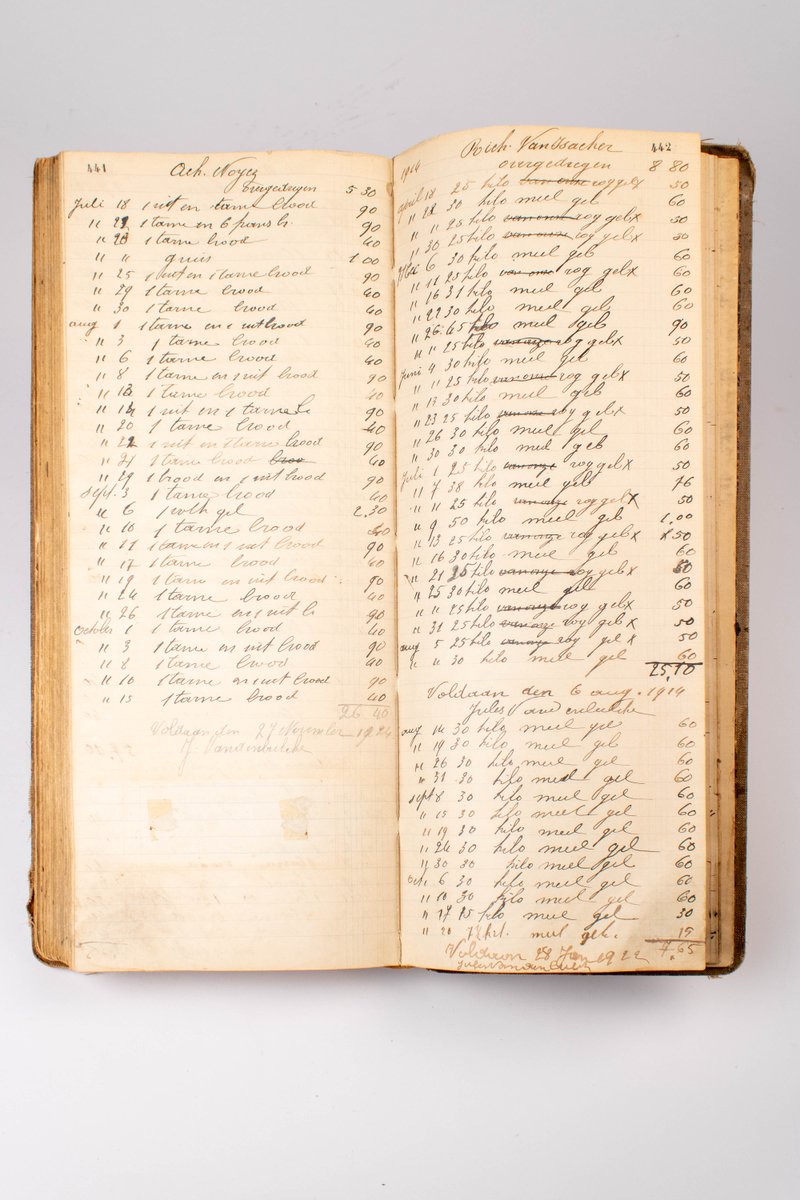
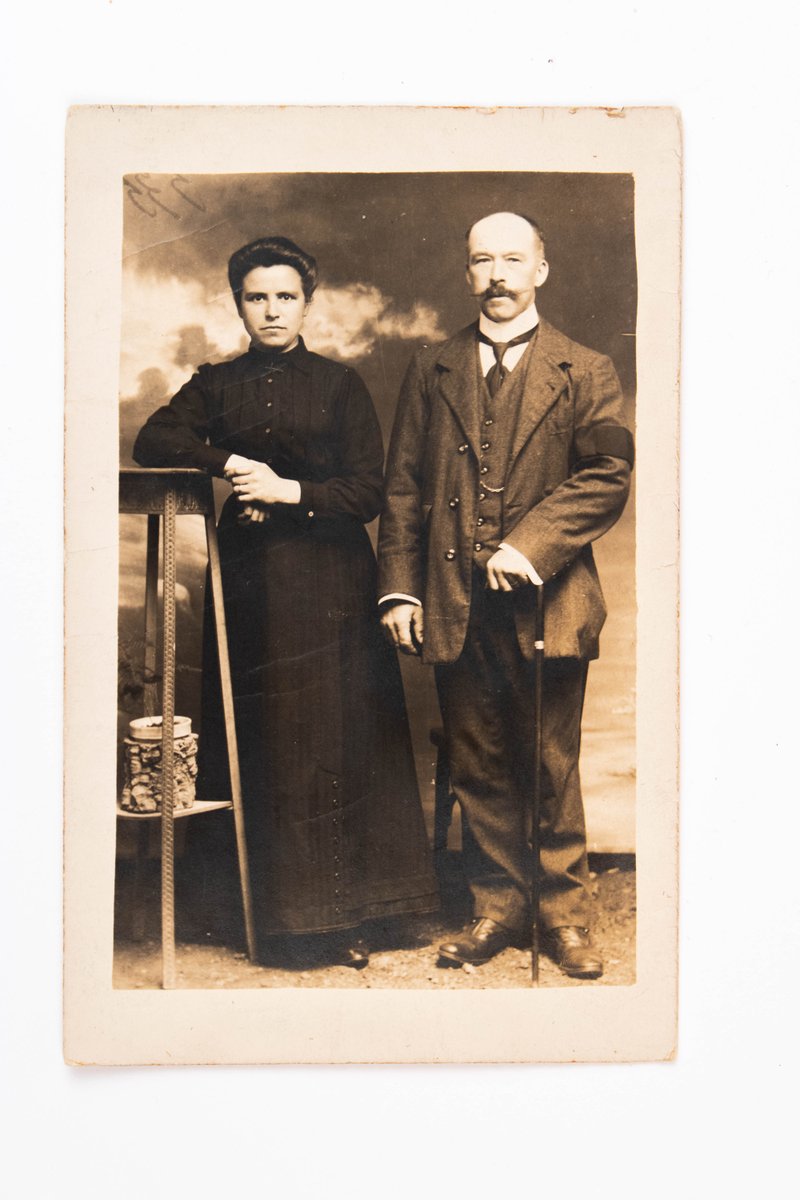
In the renewed museum, you'll encounter personal stories of soldiers. Martial Yves Delon's story is one of them. He completed his military service with the 77ème régiment d'infanterie. In November 1914 he received a fatal wound to his head from a shell burst - near Nieuwemolen.
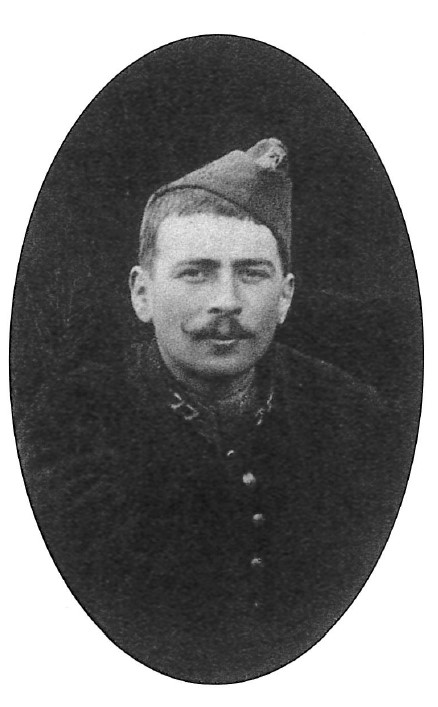
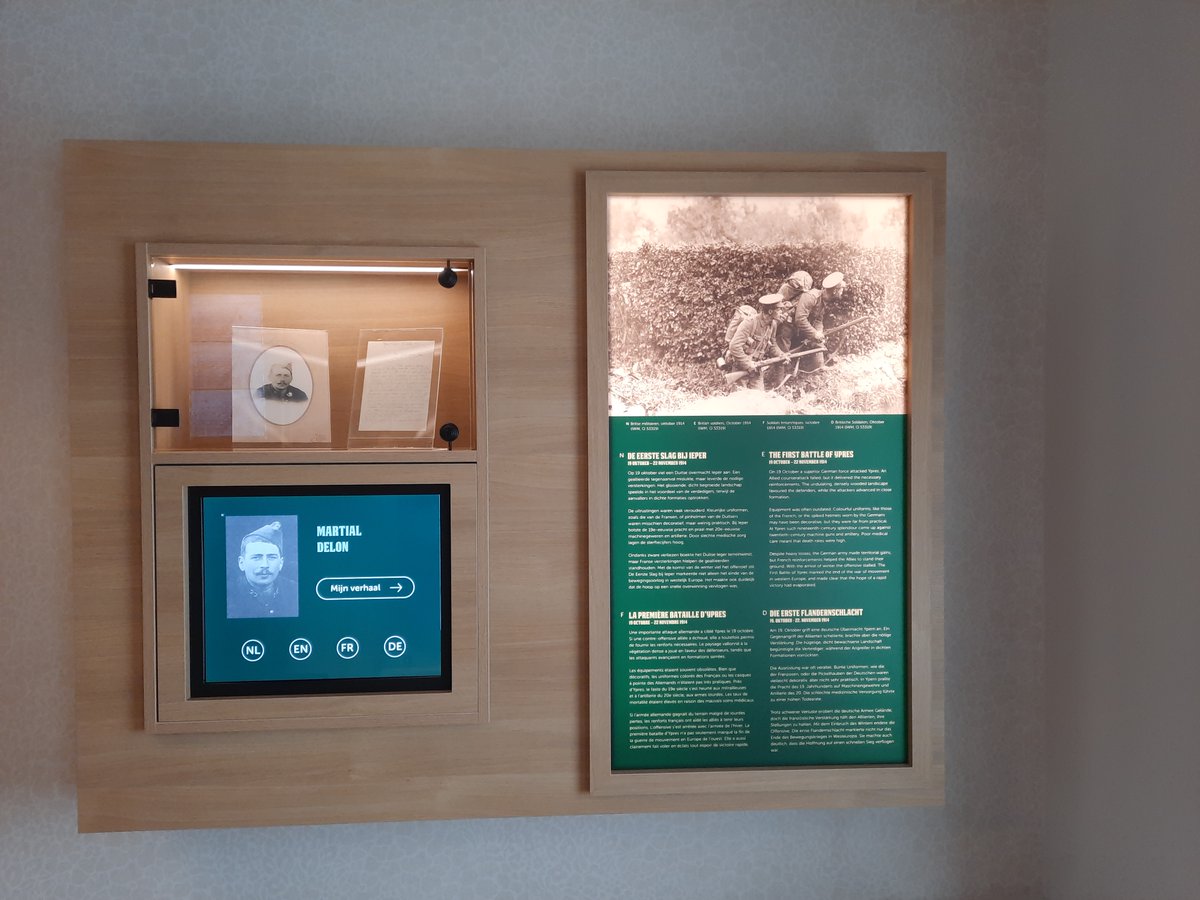
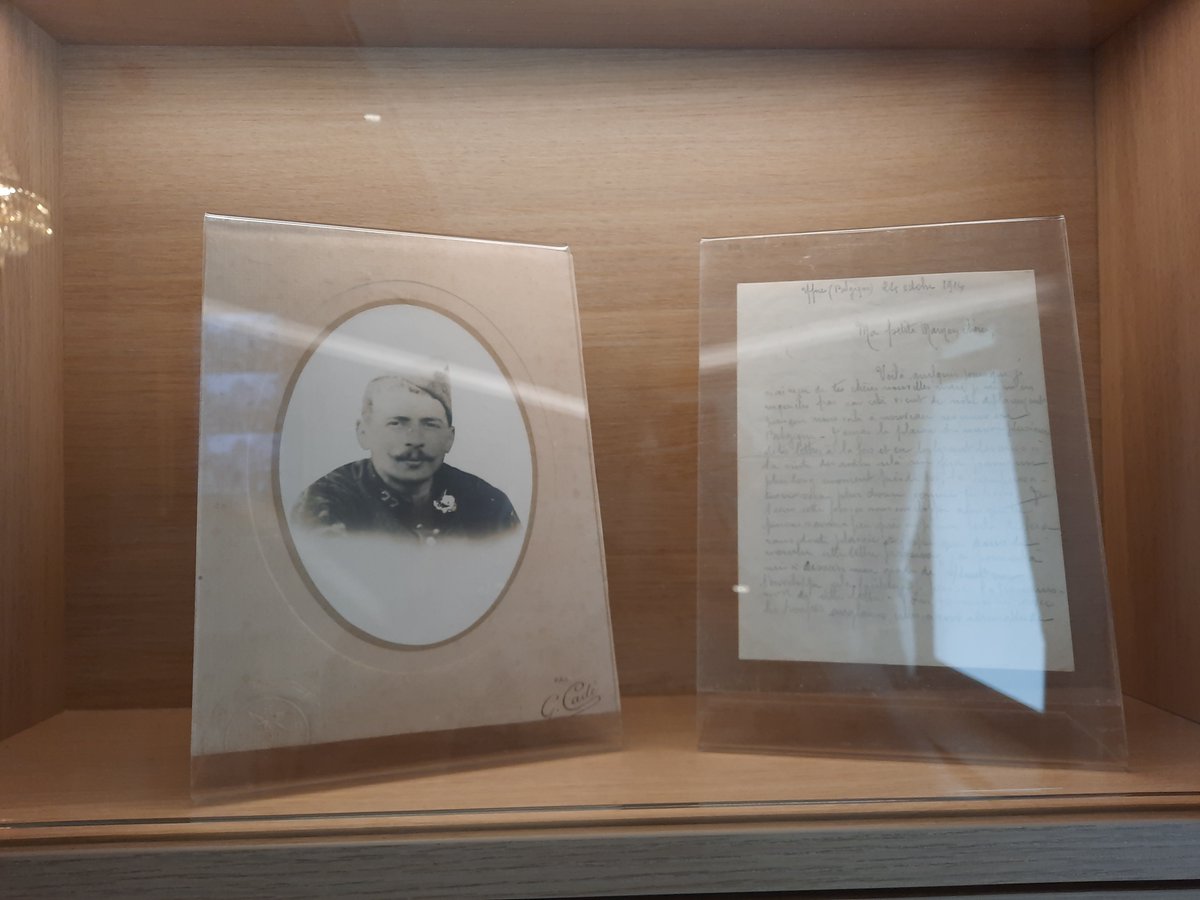
During WWI, William Selkirk, a British soldier from Pelton, England, sent postcards with drawings to his young children. He was a gunner in the 298th Siege Battery, was killed in action on 10 August 1917, and commemorated on the Menin Gate. Today we remember fathers like William.
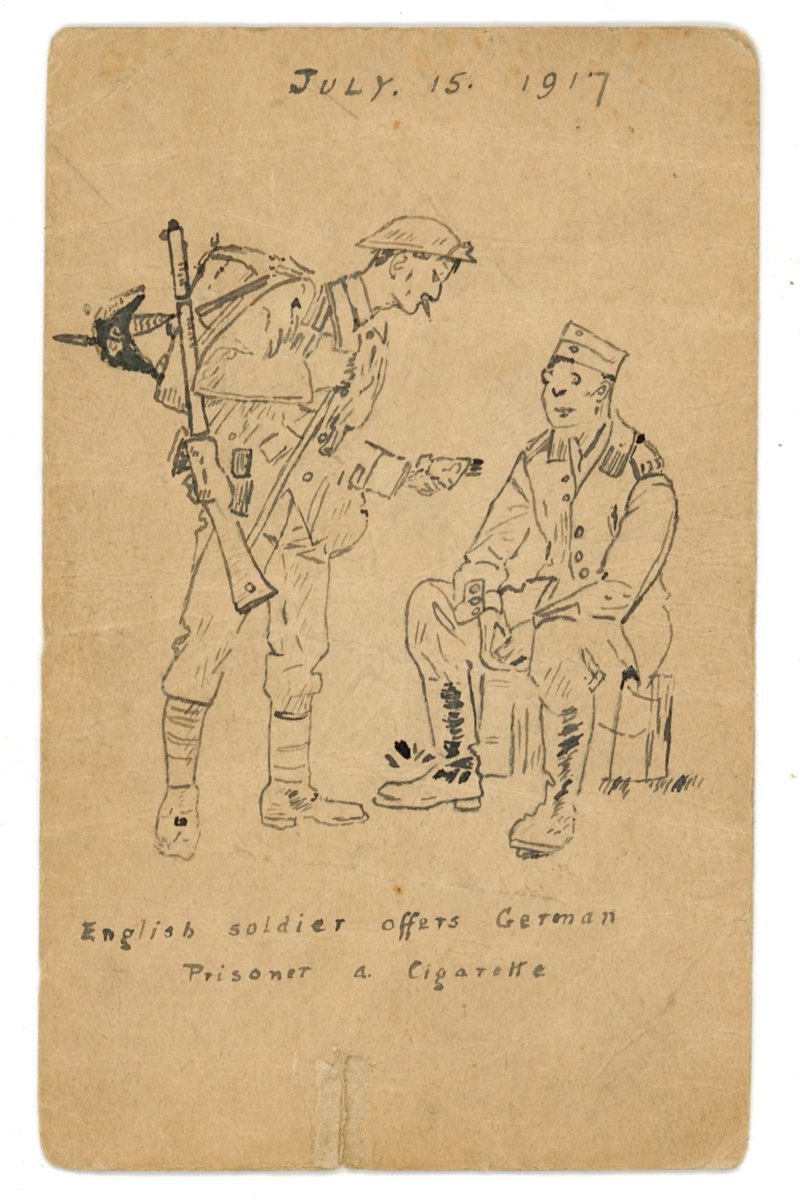
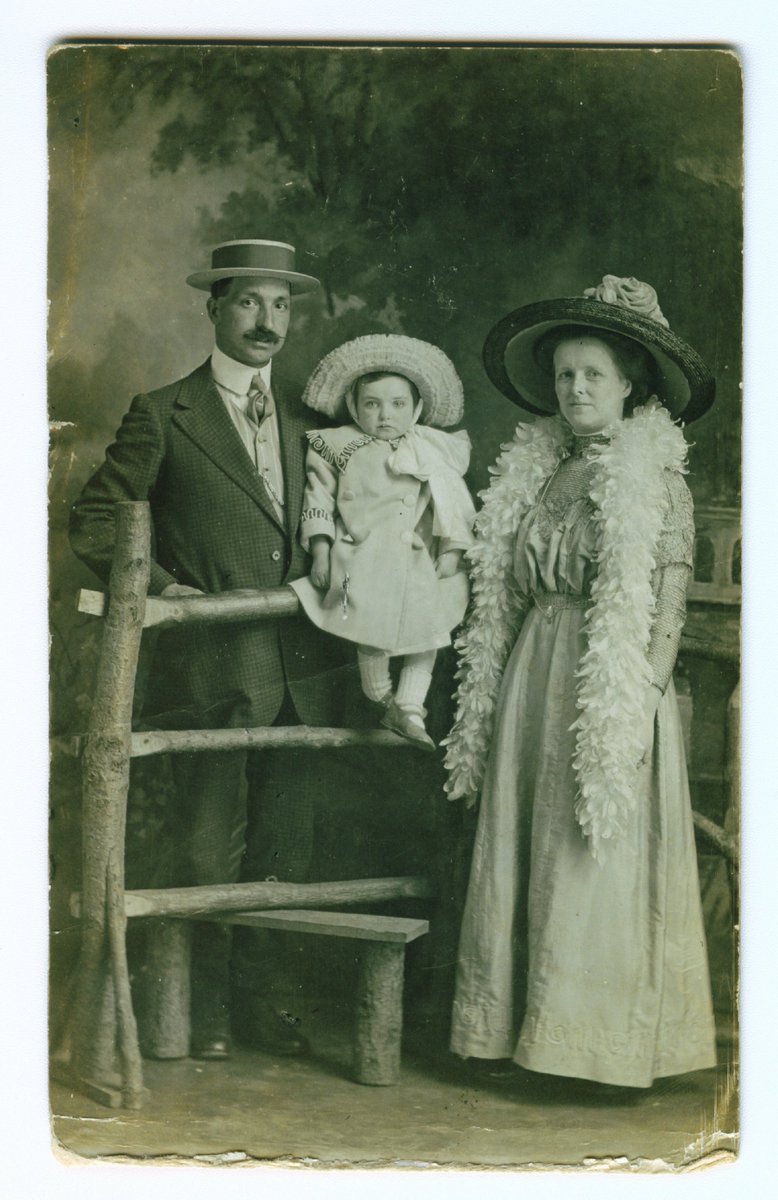
This new diorama shows the 'Grand Salon'. The furnishings are based on an original list of furniture and objects from the Gheluvelt Château. During the retreat the British were unable to evacuate all their wounded from the château, which had been set up as a field hospital.
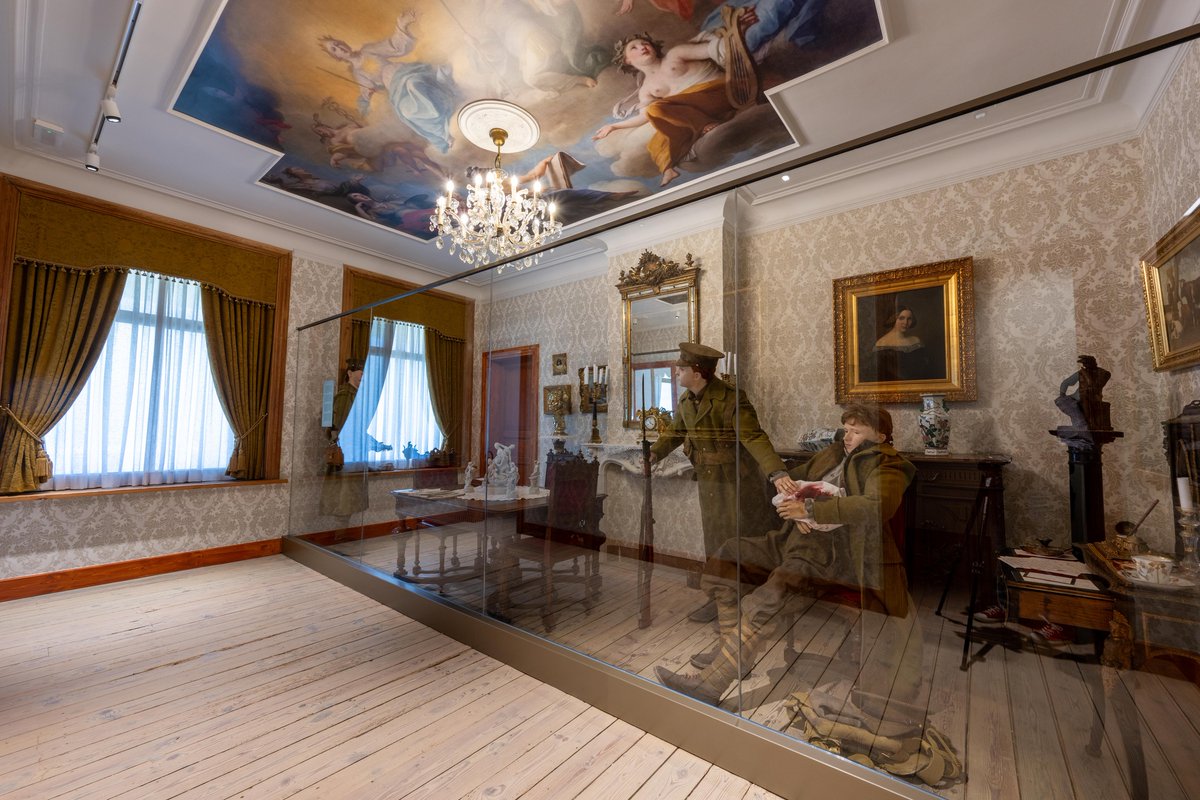
📂 Today is #InternationalArchivesDay – the perfect moment to put our amazing volunteers in the spotlight. They are the quiet driving force behind the work in our archives. Thank you for your precision, dedication and enthusiasm.
